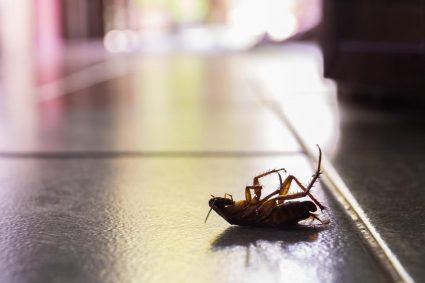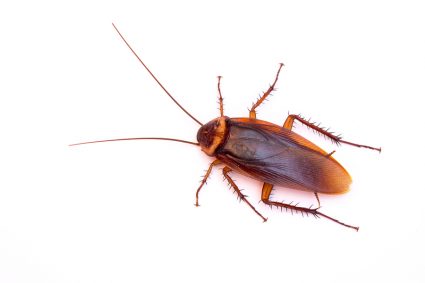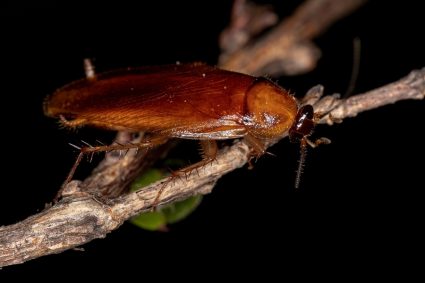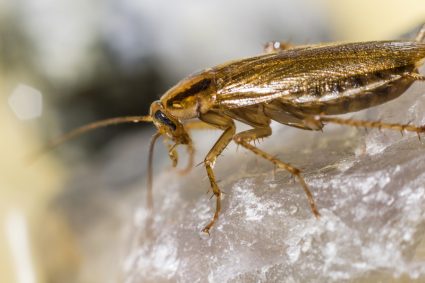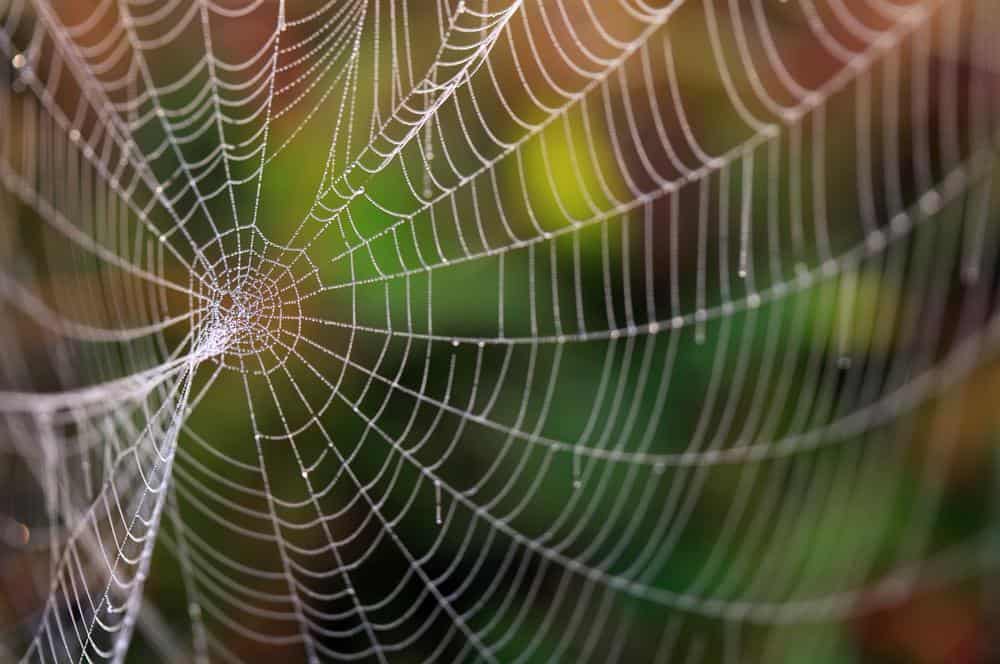
Black widow spiders, known for their notorious venom and distinctive appearance, are a topic of fascination and fear for many. While these spiders are primarily nocturnal, it’s crucial to understand their daytime behavior and hiding spots to prevent unwanted encounters. This comprehensive guide will delve into where black widows go during the day, their typical daytime habits, factors influencing their daytime locations, and preventive measures to avoid encounters.
During the day, black widow spiders typically hide in dark, secluded areas such as crevices, woodpiles, and dimly lit locations inside homes like garages, dark corners, basements, closets, and cluttered areas. They prefer warm climates and are more common in the Southern region of the United States. Environmental conditions, such as temperature and humidity, can significantly affect their daytime behavior. Female black widow spiders are usually found in their webs during the day, while adult male black widows wander around in search of a female.
Typical Daytime Habits of Black Widow Spiders
Black widow spiders are nocturnal creatures, which means they are most active during the night and rest during the day. During daytime, they typically hide in dark, secluded areas such as crevices, woodpiles, and dimly lit locations inside homes like garages, dark corners, basements, closets, and cluttered areas. They spin irregular webs near ground level, where they ensnare their prey. These spiders are shy in nature and only socialize during mating. In their natural habitat, black widows can be found in rodent burrows and crevices in rock faces.
Daytime Locations of Black Widow Spiders
Black widow spiders choose their daytime locations based on several factors, including:
- Climate: They prefer warm climates and are more common in the Southern region of the United States.
- Light: Black widows are nocturnal and prefer to build their webs in low light areas during the daytime.
- Seclusion: They tend to spin webs in dark, undisturbed areas.
- Human-made structures: Black widows are often found in human-made structures, such as sheds, barns, garages, and rock walls.
- Proximity to prey: Black widows feed on insects such as flies, grasshoppers, and beetles. They prefer habitats where they can easily access their prey.
Impact of Environmental Conditions on Black Widow Spiders
Environmental conditions, such as temperature and humidity, can significantly affect the daytime behavior of black widow spiders. These spiders are ectothermic, meaning their body temperature changes according to the external temperature. When exposed to temperatures above their preferred range (26-27°C), black widow spiders reduce their nocturnal activity and retreat to cooler areas to avoid dehydration, lethargy, and death.
Daytime Behavior Differences Between Male and Female Black Widows
Yes, there is a difference in daytime behavior between male and female black widow spiders. Female black widow spiders are usually found in their webs during the day, as they are sedentary and wait for prey to get caught in their webs. On the other hand, adult male black widows wander around in search of a female during the day.
Seasonal Impact on Black Widow Daytime Locations
Seasonal changes can impact where black widow spiders go during the day. As the weather changes from warm to cold, black widows are more likely to seek shelter in protected areas. During spring and early summer, black widow mating occurs, and females produce several egg sacs in the summer months.
Preventative Measures
To avoid black widow encounters during the day, you should take the following precautions:
- Be cautious when reaching into dark, confined spaces.
- Wear protective clothing such as gloves and long-sleeved shirts when working in areas where black widows may be present.
- Shake out clothing, shoes, linens, and towels before using them.
- Reduce clutter in storage areas both inside and outside your home.
- Regularly clean your home, including dusting, vacuuming, and removing webs.
- Inspect your home for cracks, holes, and leaks, and ensure windows and doors have tight seals to prevent black widows from entering.
- Install yellow light bulbs in outdoor lights.
- Teach young children how to recognize black widow spiders and to avoid disturbing their habitats.
By understanding the daytime behavior and hiding locations of black widow spiders, we can take appropriate measures to avoid them and reduce the risk of unwanted encounters.
Frequently Asked Questions
What does a black widow spider look like?
Black widow spiders are known for their shiny, black bodies with a distinctive red or red-orange hourglass shape on the underside of their abdomen. Females are larger than males, measuring about 1.5 inches in length including their legs, while males are approximately half the size.
Are black widow spiders aggressive?
Despite their notorious reputation, black widow spiders are not aggressive and will only bite in self-defense, such as when they feel threatened or are accidentally disturbed.
How harmful is a black widow spider bite?
Black widow spider bites can be very painful and require medical attention. Symptoms may include severe muscle pain, abdominal cramps, hyperhidrosis (excessive sweating), tachycardia (rapid heart rate), and even paralysis in severe cases. However, fatalities are extremely rare, especially with prompt medical treatment.
Can black widow spiders be found worldwide?
Yes, black widow spiders can be found worldwide. However, they are most common in the warmer regions of the world, including the United States, southern Europe, Asia, Australia, Africa, and South America.
What do black widow spiders eat?
Black widow spiders feed primarily on insects such as flies, mosquitoes, grasshoppers, beetles, and caterpillars. They are also known to eat other arachnids and will occasionally resort to cannibalism, particularly during mating.
How can I get rid of black widow spiders from my home?
If you find black widow spiders in your home, it’s best to call a professional pest control service. They have the necessary equipment and knowledge to safely remove these spiders. You can also prevent their presence by maintaining cleanliness, reducing clutter, sealing cracks and holes, and keeping outdoor lights off at night to avoid attracting insects that black widows prey on.



